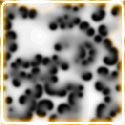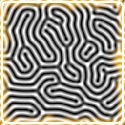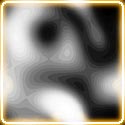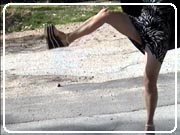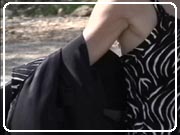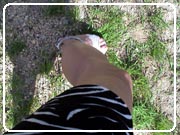| The Code Zebra Codex | ||
Have you noticed? Zebra and ocelot markings are everywhere, from haut couture to discount slippers. We need to crack Code Zebra. After all, zebra is the penultimate reaction/diffusion pattern, a proof of nature's capability to develop complexity, display and camouflage. Zebras are animals that appear docile but are known for their fighting qualities, especially when mating. Code Zebra is a site where art, science, philosophy, economy, game play and popular culture can miscegenate. Oscillate towards our chat cult and enter our event stream. |
P A G E C O N T E N T S CODEX ZEBRA EVOLUTION WHY ZEBRA? S I T E C O N T E N T S CRACKING CODE ZEBRA (SOFTWARE) ANIMAL KINGDOM ZOOKEEPERS THE ARTIST AND THE SCIENTIST R and D ARCHIVE Z COMMERCE COAT ZEBRA/WEAR WOLF SAFARIS OCAMM'S RAZOR |
|
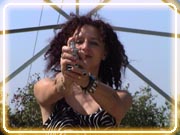 |
Welcome to Code Zebra, a web of wills, in which faux science flies in the face of faux fur. Code Zebra is a reality drama and web laboratory where art and science muse in mutual fascination. Triggered by plyotropic genes, reaction/diffusion (r and d) generation was the key to Turing's code cracking methods. R and D lies deep below the surface at the level of the cell, ovulating as ocelot and zebra patterns, voluptuous Voronoi clonal mosaics, colluding cellular automota. |
|
The artist and the scientist desire each other. They start with participant observation. They sit apart, high up in the rhyzomes of a mangrove swamp. |
 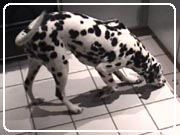 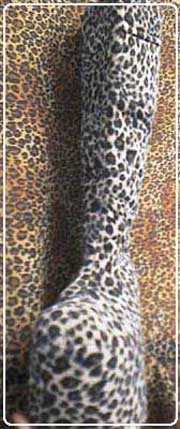 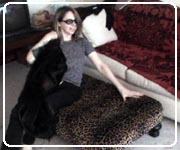 |
|
The artist does not want to proceed as an Artist. Oh no. It is far too dangerous. Artists assume the identities of various other endangered species in order to enact their will upon scientists. Perhaps the gap that separates the artist and the scientist will dissolve with these imaginings; perhaps they will find a space in between. Will there be progeny or parthenogenesis? The artist is tempted to get physical. The scientist weighs the situation from the bough, kicking a foot, wanting to get it on, but nervous about the encounter. The scientist, examining the artist, thinks about root systems, artificial life algorithms, the comfort of abstraction, as does the artist. The engineer who dwells inside both the scientist and the artist would prefer to reduce the problem of seduction to something solvable, manageable, to a design issue. The scientist begins to calculate the distance between one tree and the other, between the logos and the loci. The scientist sits erect, excited by the possibilities of research amongst the animals. Actually, thinking of becoming an artist. The artist growls, protective of its territory. |
||
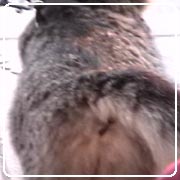 |
While the scientist and the artist take to their boughs and look at the common but distanced ground several overlapping committees are forming. One examines ethical practices, concerned about the artist's accelerating loss of identity and the scientist's research on human subjects. They are debating the artists lycanthropy, wondering whether it is psychosis or participant observation, hence whether to reward it with censure or tenure. The second circle is comprised of elders. They feel that research upon human subjects requires a protocol. The elders understand the artist's lycanthropic role-playing and feel it may be the only means to burst the oblique dialogue bubble. They are concerned about the artist's and the scientist's appropriation of their cultures' genomes and logic structures. Both committees share a mutual interest in the case study. Like Quake players, they encourage the two human creatures to trade skins and wear the results. |
|
Why are sciences and art such strange and powerful attractors? Why are we so threatened and yet hopeful about their relationship? Can we get them out of their trees and into the Zebra Cage fake fur bedroom or the embossed ocelot air stream motor home to merge their patterns? Can we get under their skin? Will social engineering work, or will the patterns become murky, ambivalent? |
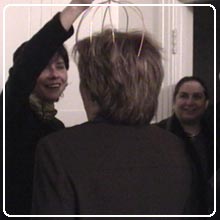 |
|
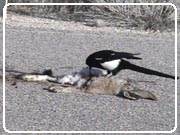 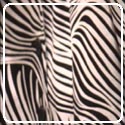 use "save as" to download |
The Evolution of Code Zebra |
|
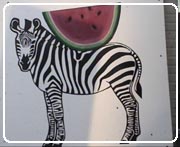 |
You can zcommerce shop at Coat Zebra/Wear Wolf. A commercialization committee runs its stats, grabs popular or unique data patterns, copyrighting these for you, their producer, and prints test tube martini glasses, fun fur lingerie, decorator wireless 1-800 phone sets. You can trademark your very own R and D pattern. |
|
Why Zebra? |
||
